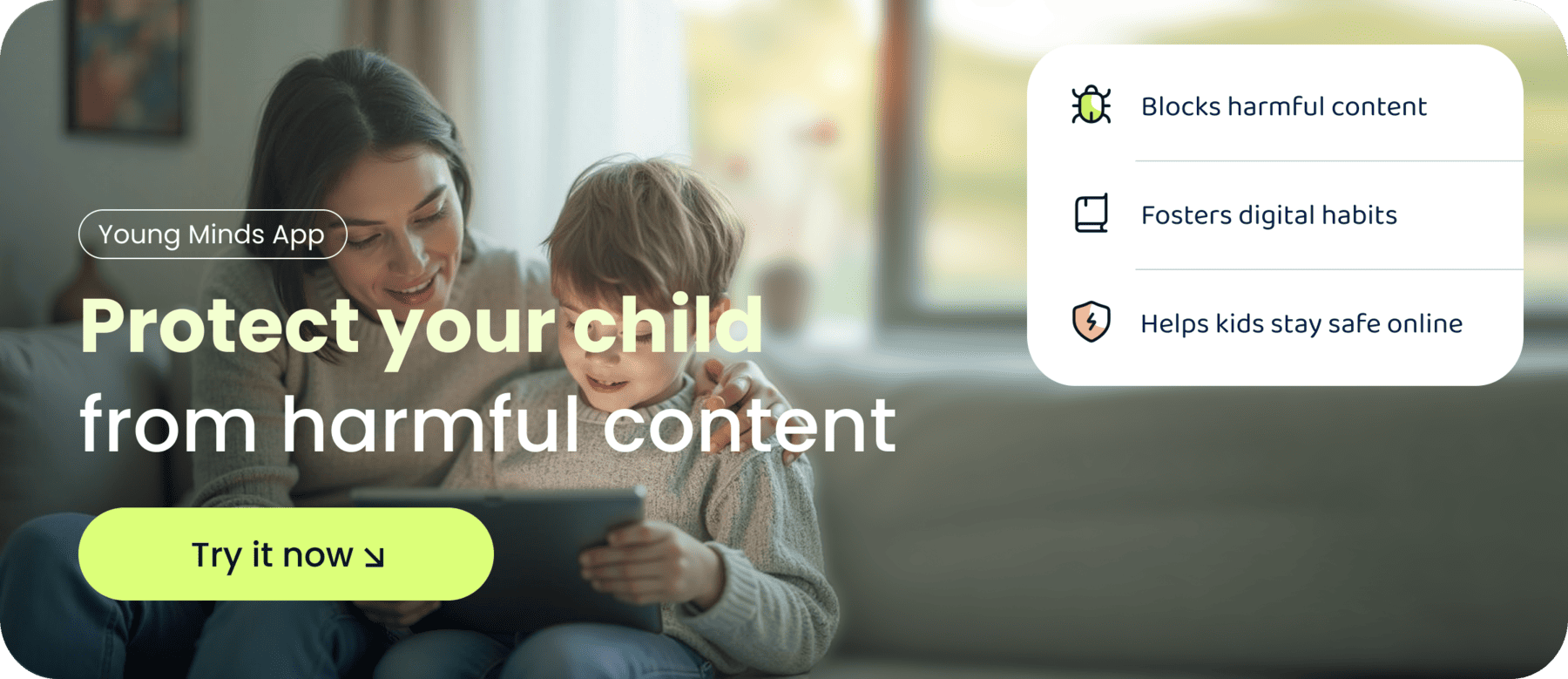Introduction
For many UK parents, the after-school hours often feel like a tug of war: one side pulling for homework, the other for screen time. Children today use screens for almost everything, school projects, socialising, relaxation, and entertainment. While devices can be powerful tools, they can also be a source of conflict when they start competing with homework and family life.
The question isn’t “screens or no screens?” it’s “how do we help children manage both responsibly?”
Why Striking a Balance Matters
Balancing homework and screen time is about more than academic results. It shapes your child’s wellbeing, self-discipline, and relationship with technology.
- Academic focus: Too much gaming or scrolling can leave homework rushed or incomplete.
- Mental wellbeing: Excessive screen use is linked with reduced sleep, concentration, and mood regulation.
- Life skills: Learning to prioritise tasks before leisure is a habit children will carry into adulthood.
- Family harmony: Setting clear expectations helps reduce stress and arguments at home.
How Much Screen Time is Healthy?
Guidelines vary, but the NHS suggests limiting recreational screen time and ensuring children balance it with physical activity, social interaction, and rest. For school-age children, the quality of screen use matters as much as the quantity. Educational use, like research or interactive learning, should be encouraged, while excessive gaming or passive scrolling should be managed carefully.
Practical Tips for Parents
1. Establish Consistent Routines
Children thrive on structure. Create a predictable daily rhythm where homework comes first, followed by recreational screen time. Even 20–30 minutes of study before dinner can prevent procrastination and late-night battles.
2. Create the Right Environment
Set up a dedicated homework space that’s separate from entertainment zones. This helps children mentally shift between “study” and “play.” Where possible, keep devices in shared spaces to encourage accountability.

3. Encourage Self-Monitoring
Instead of imposing strict bans, involve your child in setting limits. Ask:
- How long do you think homework should take?
- What’s a fair amount of screen time afterwards?
This approach teaches self-regulation, rather than simple obedience.
4. Use Screen Time as Positive Reinforcement
Screen time doesn’t have to be the enemy, it can be a motivator. For example:
- Extra playtime for consistent homework effort.
- Family film night after a week of balanced routines.
Rewards create positive associations with responsibility and achievement.
5. Lead by Example
Children often model their parents’ behaviour. If they see you scrolling during dinner or working late on a laptop, they’ll mirror that. Setting family-wide digital boundaries (e.g., no phones during meals) shows consistency.
6. Keep the Conversation Open
Homework and screen time aren’t one-off challenges, they’re ongoing. Encourage your child to share what works and what doesn’t. Regular check-ins help adjust routines as school demands and interests change.
When Things Get Difficult
Despite best efforts, some children will resist. If homework avoidance becomes frequent or screen time spirals, it’s worth looking deeper. Is your child struggling with a subject? Are screens offering an escape from stress? Understanding the why behind behaviour is often more effective than enforcing stricter limits.
Final Thoughts
Balancing homework and screen time is one of the biggest modern parenting challenges. The goal isn’t to eliminate screens, it’s to teach children how to use them responsibly, while keeping schoolwork and wellbeing a priority.
By combining clear routines, open dialogue, and gentle guidance, parents can help children build healthy digital habits that last a lifetime.
Parents Also Ask:
Should children be allowed screen time after homework?
Yes, but in moderation. Screen time can work well as a reward once homework is complete. This approach motivates children while teaching them to prioritise responsibilities before leisure.
What if my child refuses to do homework and wants screens instead?
Stay calm and consistent. Offer structured choices: “Homework first, then 30 minutes of screens.” If resistance continues, explore whether they’re struggling academically or using screens to cope with stress.
How can I make screens part of learning?
Encourage your child to use technology for educational purposes, like research, online quizzes, or interactive learning apps. This way, screens support academic growth rather than distract from it.





